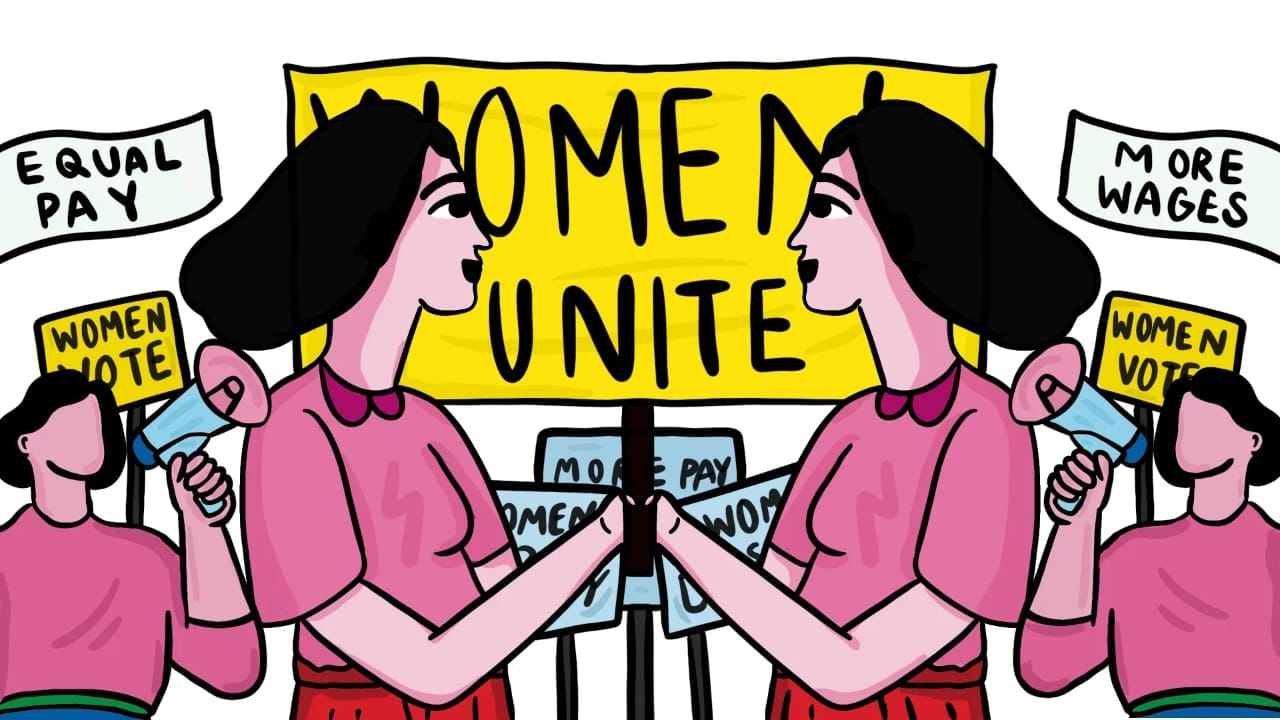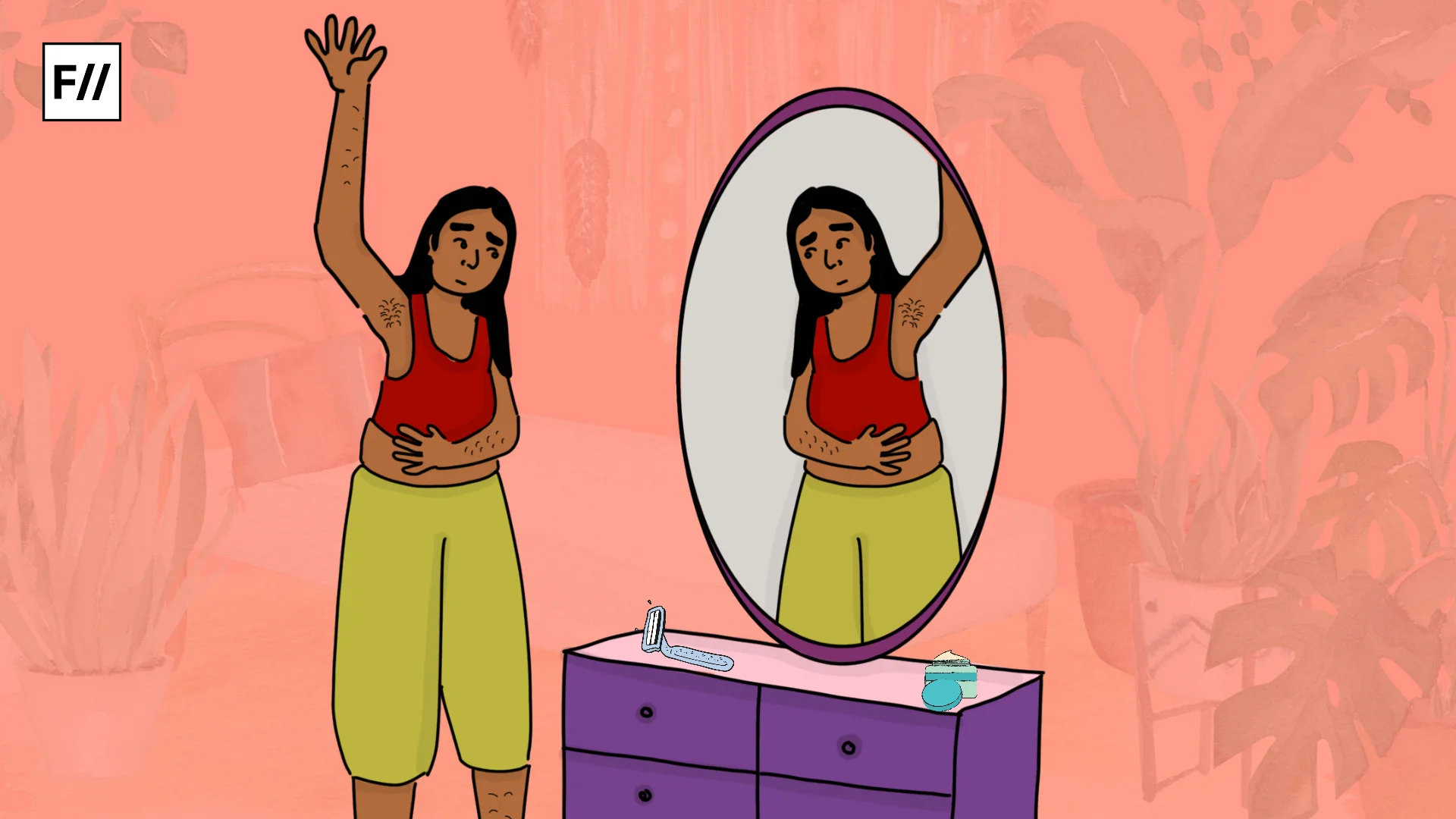India has slipped to 131st rank out of 148 economies in the World Economic Forum’s (WEF) Global Gender Gap Report 2025, falling two spots from 2024. Already in the lowest 20 ranks, this decline exposes a major gender crisis.
Even after achieving near-parity in Education (97.1% score), we remain among the world’s bottom five in Economic Participation, with only Egypt, Sudan, Iran, and Pakistan performing worse.
This isn’t just about statistics. This is about millions of educated women whose potential is being systematically wasted, about a society that celebrates daughters in classrooms while simultaneously blocking their paths to boardrooms and political chambers.
Where the gender inequality begins
To understand India’s gender crisis, we must start at the very beginning — literally before birth.

India’s sex ratio at birth (SRB) has been a critical concern for decades now. From 2003 to 2005, it was at an all-time low of 880 girls per 1000 boys. Since then, the ratios have slightly improved due to the ‘Beti Bachao Beti Padhao’ Abhiyan in 2015. However, beneath the surface, troubling patterns emerge. 78.91% of the programme’s budget was spent on media campaigns, while grassroots economic initiatives for women received minimal funding.
Currently, the SRB sits at 930 girls for 1000 boys, still among the world’s worst, highlighting the fundamental preference for a boy child over a girl.
But why does having a boy matter so profoundly? Because wanting sons isn’t just a cultural thing, it’s the foundation upon which all gender inequalities are built. Sons are viewed as carriers of family lineage, caregivers and financial support for the ageing parents, essential performers of religious and ancestral rites and relief from the financial burden of dowry.
Sons are viewed as carriers of family lineage, caregivers and financial support for the ageing parents, essential performers of religious and ancestral rites and relief from the financial burden of dowry.
Daughters, conversely, are seen as ‘paraya dhan‘, a temporary family member who “belongs” to her future husband’s family. This devaluation begins even before birth and continues throughout women’s lives.
When education ≠ success
If education is supposed to be the great equaliser, why are educated women still facing systemic economic exclusion?
Women achieve educational parity, enter the workforce with promise, but then systematically drop out or are pushed into inferior positions due to structural barriers.
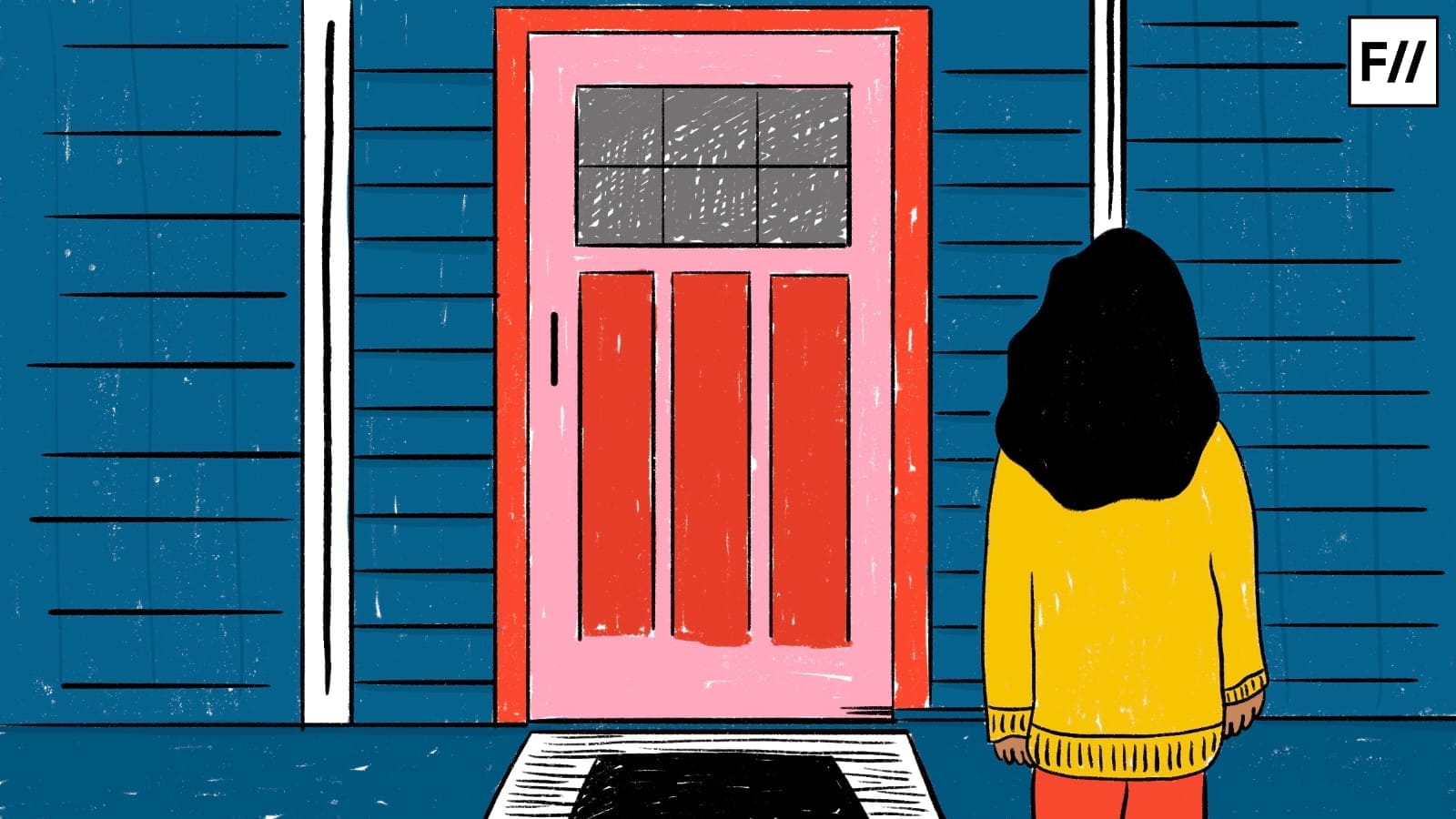
The report findings paint a stark picture of this phenomenon:
- Only 35.08% of women participate in the labour force, compared to 76.41% of men
- Women earn just $4.15k annually compared to men’s $13.87k
- A whopping 91.93% of working women are in the informal sector without social security
- 46.73% of employed women work part-time versus only 14.32% of men (Is it a choice or a need to juggle household responsibilities along with work?)
If “Beti Padhao” were enough to bring about change, it already would have. The reasons behind this economic disparity go much deeper.
The marriage “trap”
Marriages in India function as patriarchal institutions that actively undermine women’s economic independence.
For married women, the expectation to prioritise the household and family remains overwhelming. According to the Time Use Survey 2024, the average time per day a man spends on employment-related activities is 287 minutes, compared to a woman’s 71 minutes. Yet, when it comes to unpaid domestic and caregiving services for household members, women spend 283 minutes, and men spend only 37 minutes.
Yet, when it comes to unpaid domestic and caregiving services for household members, women spend 283 minutes, and men spend only 37 minutes.
Consider the policy framework itself. Maternity leaves in India are 182 days long, among the most generous globally. Paternity leaves? Zero.
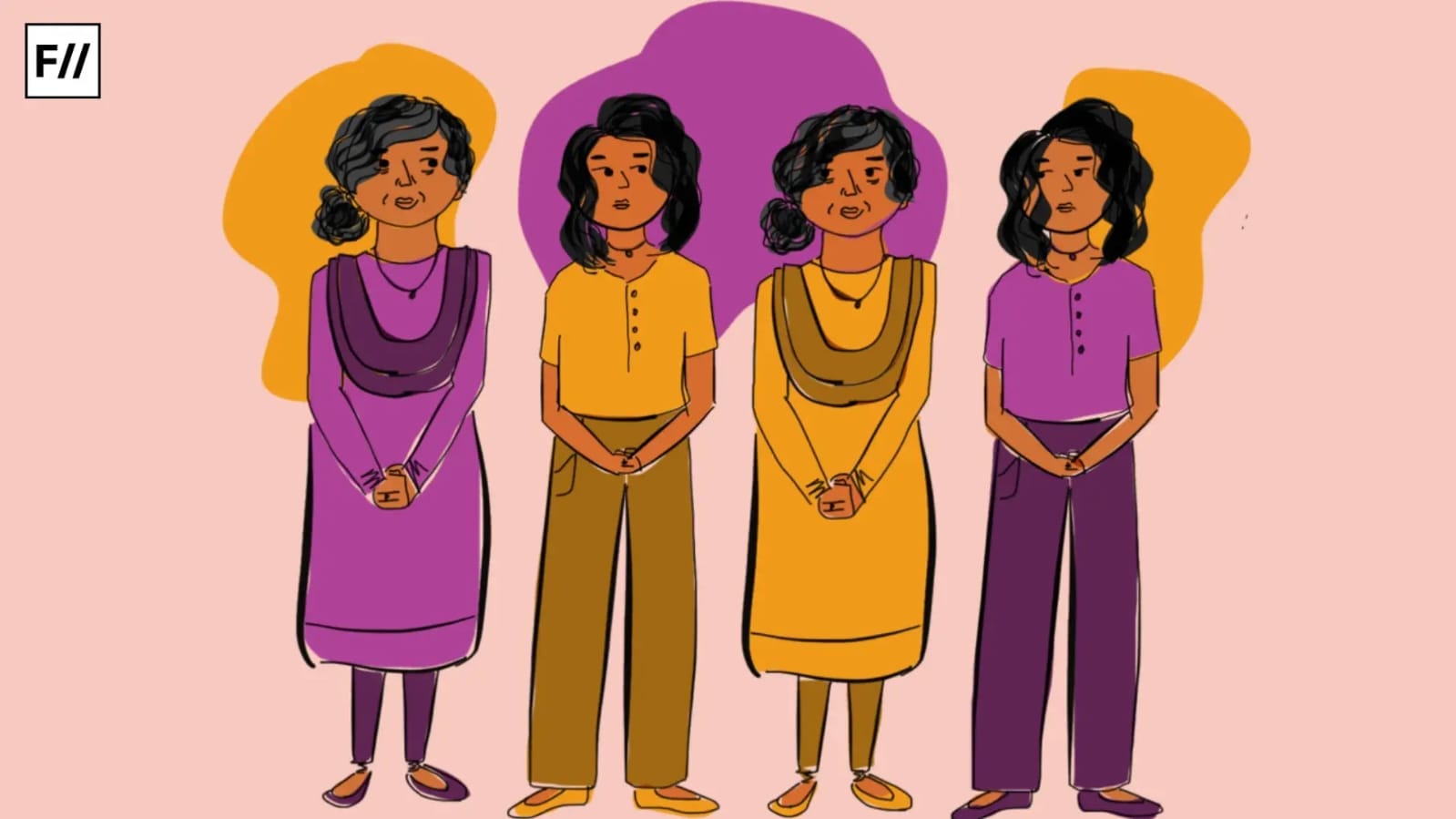
This isn’t an oversight; it’s a deliberate reinforcement of the idea that childcare is exclusively a woman’s responsibility.
Control through fear and gender-based violence
India’s relatively good score on health parity (95.4%) stems from declining male life expectancy, not women’s gains.
It also masks a dark reality impacting women’s economic participation. As per the report, 35% of women face gender-based violence in their lifetime.
When women fear harassment on their way to work, at their workplace, or assault while travelling for business, their career choices become severely constrained.
When women fear harassment on their way to work, at their workplace, or assault while travelling for business, their career choices become severely constrained.
The statistics also shed light on some aspects of women’s health:
- Maternal mortality remains at 80 per 100,000 births
- 9.4% of women have unmet family planning needs, indicating limited bodily and reproductive autonomy
- Early marriages stand at 16.20%
The climate of fear affects women’s careers, directly and indirectly. Many employers admit (off the record) to preferring male employees for roles involving travel, late hours, or client interactions. Not because women are less capable, but because of safety concerns and societal restrictions on women’s mobility.
The political regression
While most countries globally have seen gradual improvements in women’s political representation, India has been moving in the opposite direction since 2019.
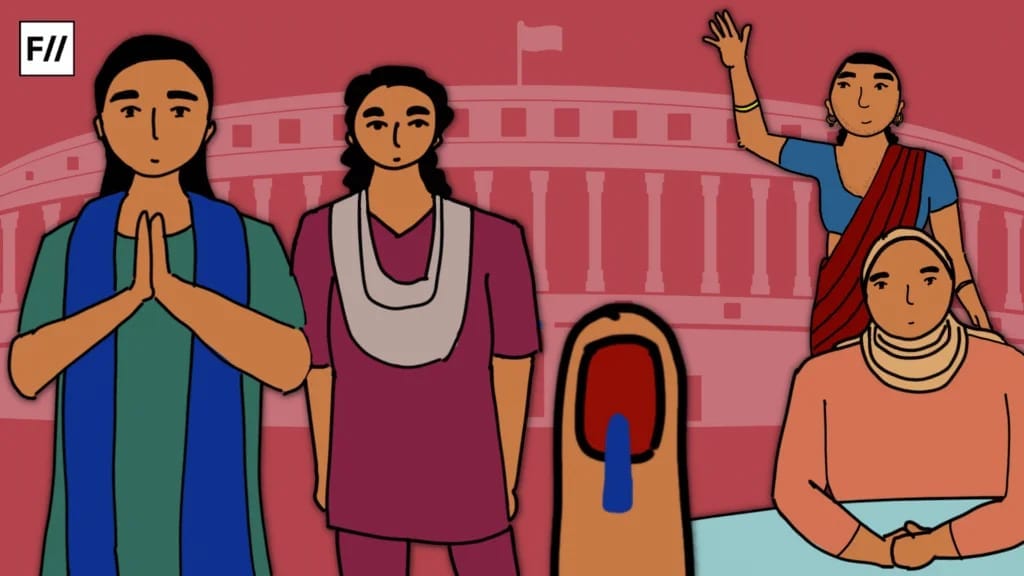
Women’s ministerial representation shows a collapse from 30% (2019) to 5.6%, and the parliamentary representation declined from 14.7% to 13.8%. All because political power is a zero-sum game. In a system where political positions are often treated as hereditary assets passed between male family members, women’s entry means a disruption of established power networks.
Education with gendered segregation
Women dominate in Humanities (31.15% vs. 26.97% men), Education (11.50% vs 7.47% men), Social Science (8.68% vs. 7.29% men), and Health (6.94% vs 4.76% men).
Whereas, men lead in STEM (31.43% vs. 23.05% women), Business (20.60% vs. 17.98% women), Engineering (14.17% vs. 5.10% women), IT (4.56% vs. 3.28% women), and Agriculture (1.32% vs. 0.64% women).
Fields involving care, nurturing, and service are seen as extensions of women’s “natural” roles.
The segregation may not be intentional, but it isn’t accidental either. It reflects traditional beliefs about what kinds of jobs are “appropriate” for women. Fields involving care, nurturing, and service are seen as extensions of women’s “natural” roles. Leadership, innovation, and risk-taking are implicitly coded as masculine.
Regional and cultural contrasts
One of the most striking aspects of India’s poor gender ranking is how it compares to regional neighbours with similar cultural contexts. Bangladesh, despite sharing historical, cultural, and economic similarities with India, ranks 24th globally.
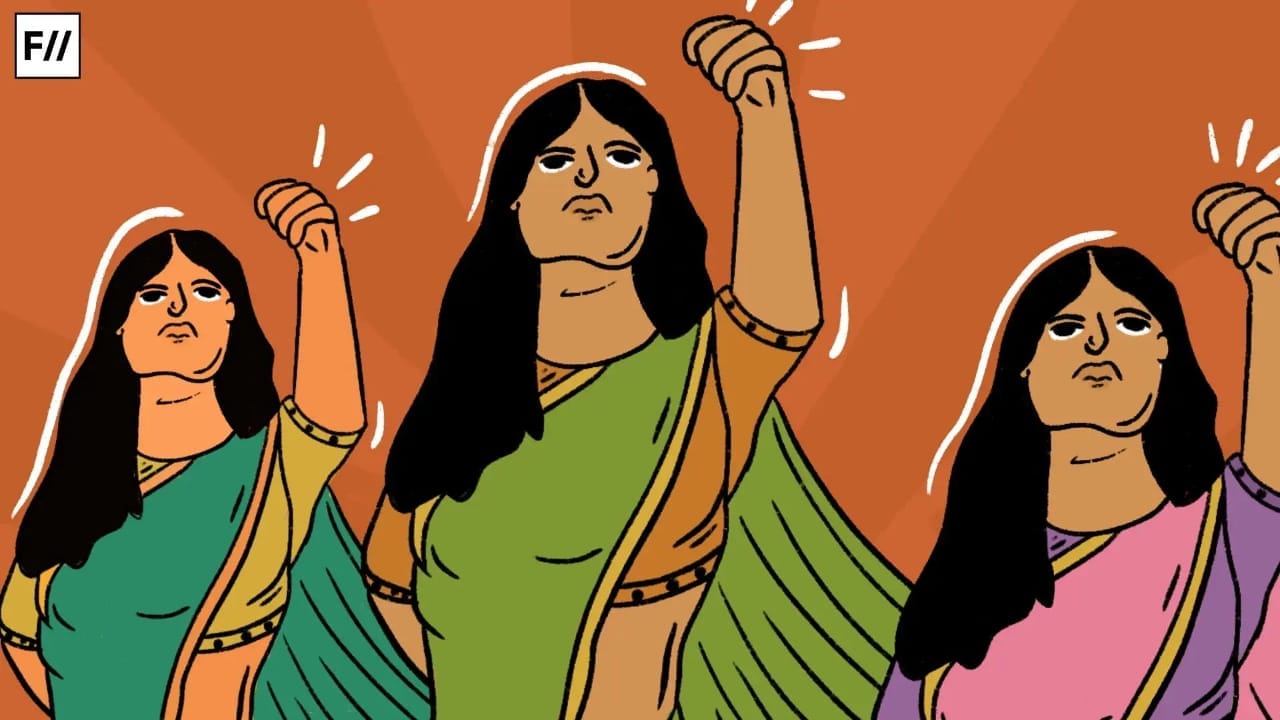
This comparison is crucial because it demonstrates that cultural explanations for gender inequality don’t hold up in this day and age. If Bangladesh can achieve significantly better gender outcomes despite similar cultural starting points, India’s poor performance reflects policy choices and institutional failures.
The caste-gender intersection
One critical gap in mainstream gender analysis is the intersection of caste and gender oppression. While the WEF report doesn’t provide caste-disaggregated data, other studies reveal how Dalit and Adivasi women face compounded disadvantages.
This intersectional analysis matters because it reveals how gender inequality isn’t uniform across Indian society. Upper-caste, urban, educated women may have dramatically different experiences from rural, Dalit, or tribal women. Policy interventions that don’t account for these differences often end up benefiting already-privileged women while leaving the most marginalised further behind.
What India loses through gender inequality
The McKinsey Global Institute had estimated in 2015 that India could add $700 billion to its GDP by 2025 through gender parity in the workforce.
It is already 2025, but gender parity is out of reach.
That’s not just an abstract economic benefit; it represents millions of families lifted out of poverty, countless innovations unrealised, and enormous human potential wasted.
When half the population is systematically excluded from decision-making, the quality of governance suffers.
But the costs aren’t just economic. They are social, political, and cultural. When half the population is systematically excluded from decision-making, the quality of governance suffers. When women’s perspectives are absent from corporate boardrooms, products and services fail to meet diverse needs. When girls grow up seeing no women in positions of authority, they internalise limitations on their own aspirations.
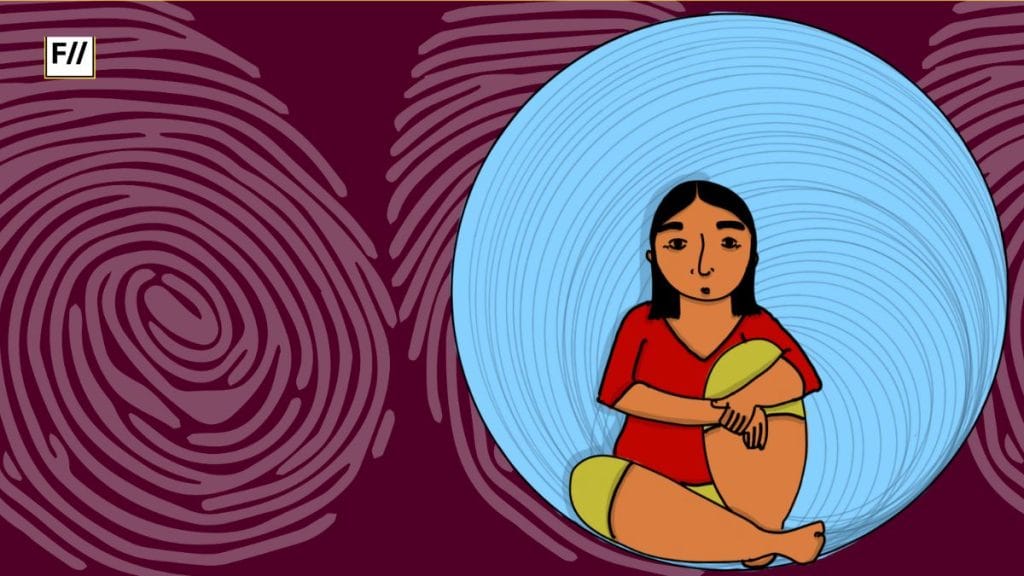
‘Investments in parity can help countries build more resilient, prosperous and productive economies.’ says Saadia Zahidi, Managing Director, WEF
A proposed way to gender parity
There are ideally three ways of moving forward:
- Emulate what the top 10 economies with near-perfect gender parity are doing
- Analyse and fix the root cause of all issues that are native to India
- Combine the first and the second approach for a more effective and efficient implementation
Each year of delayed action represents billions in lost economic growth, millions of women whose potential remains unrealised, and countless innovations that never come to market because women weren’t in positions to develop or fund them. The problem isn’t that people don’t know gender inequality exists. It’s that too many people, particularly those in positions of power, benefit from maintaining it.
India cannot become a developed, democratic nation while half its population remains systematically excluded from equal participation.
So what would meaningful progress look like?
There needs to be more women in politics and leadership, better social security for women employed in the informal sector, mandatory paternity leave, scholarships for girls beyond traditional “female” fields, inheritance laws and property rights pattern reforms and programmes to address deep-rooted mindsets about the role of women in work. That is real gender parity.
About the author(s)
Forget textbooks, Mrudavi got hooked on writing through her childhood obsession with fiction novels. Now, she tells engaging stories that address real-world topics with a touch of her experiences. When the writing bug takes a break, Mrudavi can be found curled up with a good book or with her favourite people, fueling her imagination with endless cups of iced lattes.
